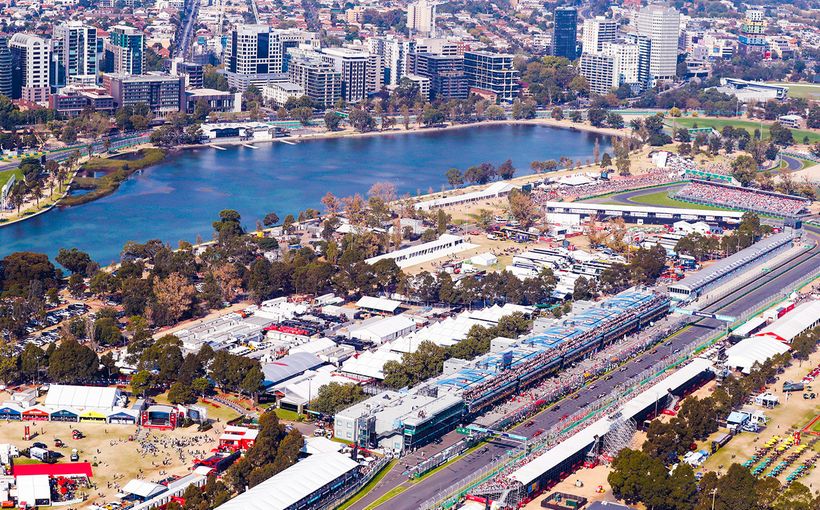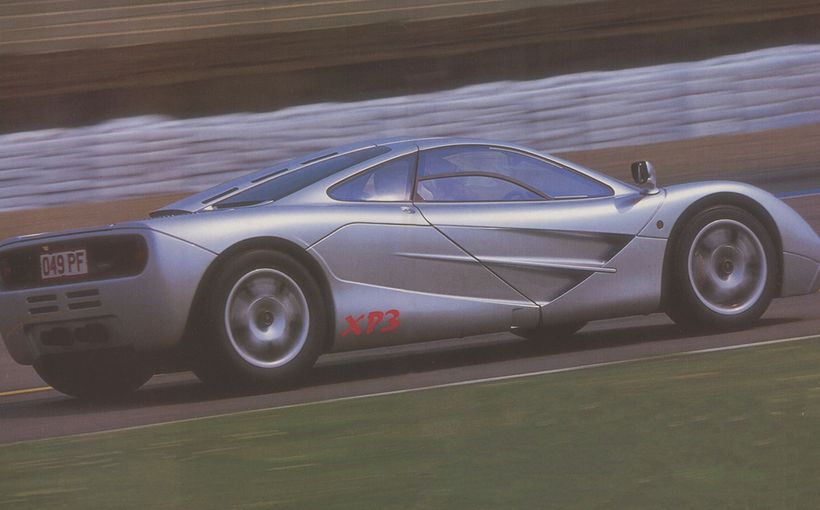
Images: © Formula 1
Since I was a small boy, I've always looked at Formula 1 with a boyish enthusiasm as a motor racing enthusiast. But I have to admit I've lost some of that enthusiasm over the last decade or so.
It's not just our Supercars category going through a significant makeover. But the worlds most-watched motorsport Formula 1 will start the 2022 season with the most technical changes since 2014, when they first introduced a hybrid powertrain. The main driver for these changes is creating closer races with less aerodynamic influence when following other cars.
Formula 1 embraced wings in the late sixties, but I don't think anyone in their right mind could have dreamt of the super huge cars we have seen in the past years adorned with flutes, turning vanes, barge boards, scoops and, of course, multi-layer aero wings.
Motorsport's governing body, the FIA and Formula 1, sought to solve a problem that has irked the F1 championship for many years, a lack of close races and many bland events.
There is no doubt that Formula 1 is the pinnacle of racing in a technical sense, and the drivers are in most cases the best, but for it to maintain its position at the top of the tree, something had to change.
The technical rule changes were announced halfway through 2019 and planned for a 2021 debut, but the pandemic and the uncertainty about races happening have held the introduction back until this year.




All the teams are getting ready to launch their new cars as I write this. They have had plenty of time to design, plan and construct them and such is the power of wind tunnels and CFD analysis that most would be confident they have the goods to be competitive.
Don't forget, with the odd exception, Mercedes have dominated since the hybrid era in 2014, so I'm hoping for some new challengers on a regular basis.
So, what is so different about these new cars that will hopefully allow much closer racing? The big-ticket item is the reintroduction of ground effects style aero, banned in Formula 1 over 40 years ago. In simple terms, it means that the flat bottom and venturi at the rear of the car is done away with and replaced by venturi tunnels the entire length of the side pod. These tunnels create more significant airflow acceleration, producing the drop in pressure associated with downforce production.
I raced open-wheel cars back in the ground effects era, and it was a revelation at the time until being banned. Because it became so strong, the drivers almost blacked out in fast corners through massive G
loadings.
With the allowance of these tunnels, many other external aero appendages have been removed or reduced, which will significantly reduce the aero wake and wash that disturbs close racing. It sounds simple enough, but the teams spend thousands of hours on research, development and simulations.
Formula 1 is a costly business consuming hundreds of millions of US dollars per team. Mercedes employ around 2000 people to build and run two cars for the season. It sure puts our Supercar budgets into perspective.
Figures released from Formula 1 claim that the new cars will retain in the vicinity of 86% of their downforce when following one car length behind another, compared to 55% retained by the outgoing vehicles from 2019 to 2021. Even seven car lengths behind the new cars are around 20% better, meaning less disturbance.




It's a massively complex business, but it's something to look forward to for enthusiasts like us. In my opinion, the team that bounces out of the blocks best will be "in the pins seats", as my dear late friend Barry Sheene used to say. Similar to the early performance of Brawn GP in 2009 when Jenson Button stole a jump on everyone with innovative aero.
Another important thing for the mega teams to contend with is a cost cap introduced for 2022. I believe it's around 150 million US dollars reduced to 135 US dollars in 2023, but as I understand it, that amount does not include drivers salaries and the number of the top-paid employees. How will they police that one?
Another point of interest to me is the move to 18 inch diameter wheels for the first time. 13 inch wheels with very complex sidewalls, which contributed to the springing medium, have been used for decades. Pirelli, the control tyre supplier to Formula 1 and Formula 2, has been developing these tyres for quite a while, and the teams will have tested them on older spec cars, but it's another hill to conquer.
I'm looking forward to the F1 World Championship more this year than for decades. I would love to know your thoughts on it.
Happy motoring,
JB








